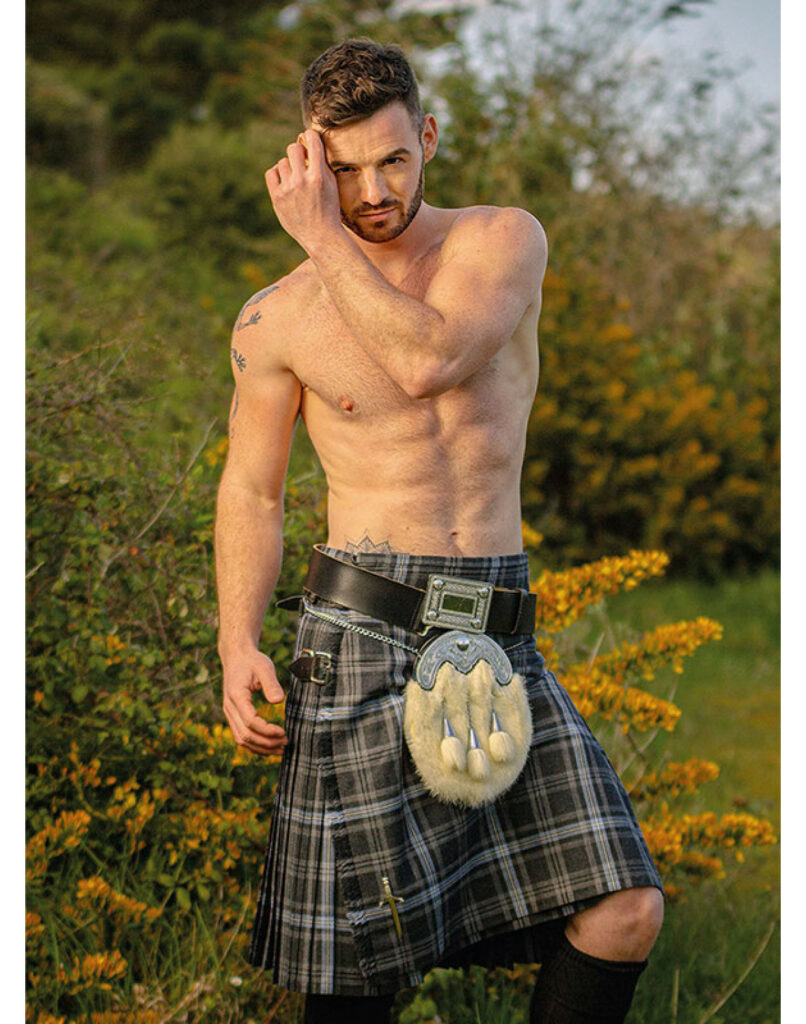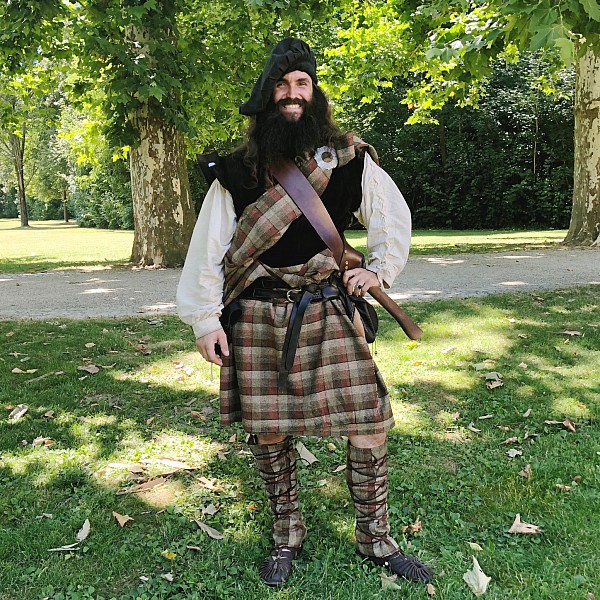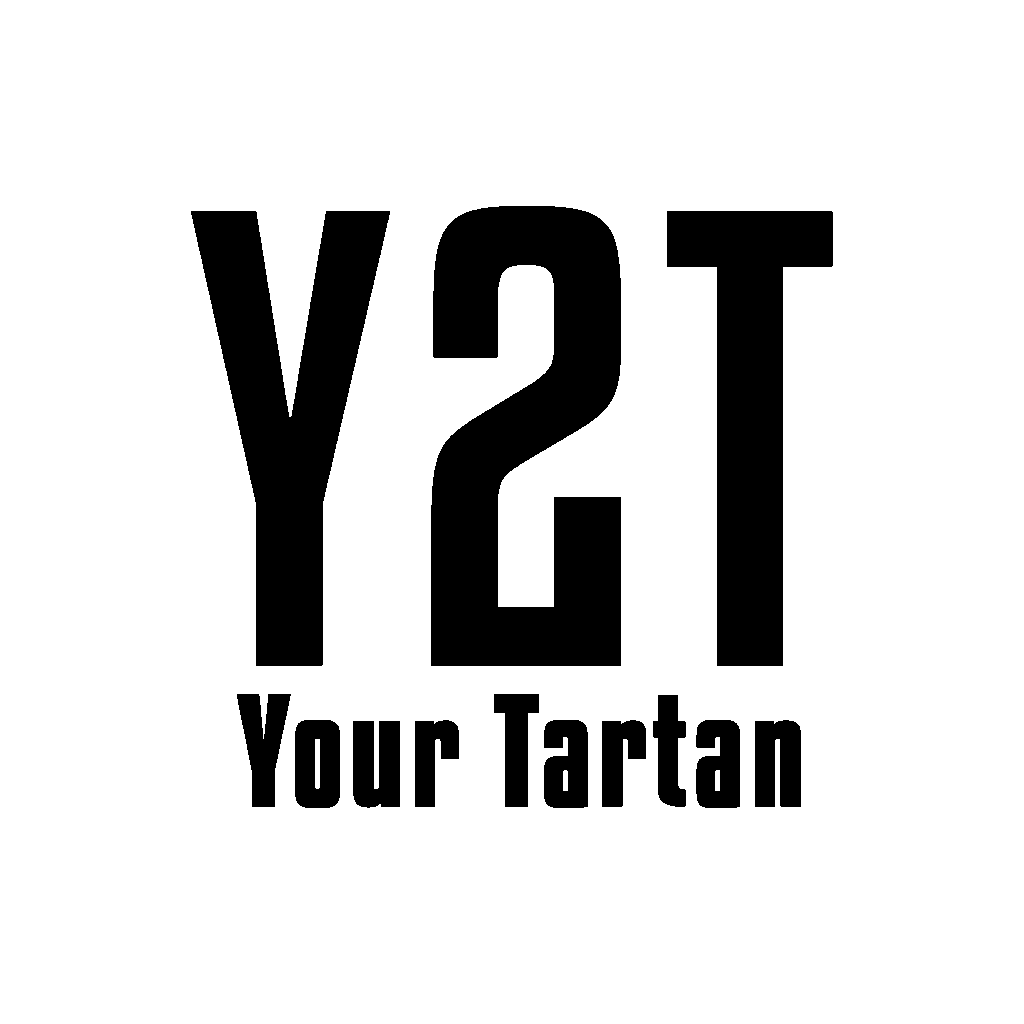While Tartan and Plaid share many similarities, it is essential to understand their key differences, especially when it comes to their usage in the United States and the United Kingdom.
TARTAN VS. PLAID: A UK PERSPECTIVE

In the UK, “tartan” refers to a patterned fabric with colored squares and intersecting lines, closely associated with a specific clan. Made primarily from 100% pure worsted wool, tartan is used to create kilts, highland wear accessories, and various clothing items.
On the other hand, “plaid” in the UK refers to a long, often rectangular-shaped tartan piece draped over the shoulder when wearing a kilt outfit, such as those worn by grooms at weddings. So, you would purchase a plaid, not some plaid, at places like MacGregor and MacDuff.
TARTAN AND PLAID: THE US CONNECTION
Tartan and plaid both consist of horizontal and vertical lines that intersect at 90 degrees. In the US, “plaid” is a term used to describe a pattern with multiple colors and lines crossing each other.
When Americans refer to “tartan,” it should be in the context of the plaid pattern connected to a specific clan. Interestingly, all tartans are considered plaids, but not all plaids are tartans.
The repetitive pattern of lines found in tartan—known as a “sett”—does not change along the length of the fabric, generally spanning 5-6 inches and repeating infinitely. On the other hand, plaid patterns may not have a sett and, even when present, it is not as crucial.
The main distinction for Americans between tartan and plaids is that tartan is a specific plaid pattern linked to a clan, whereas plaids have no historical association with any clan or family.
Gingham—a fabric with two intertwined colors unattached to any clan or family—is a classic example of plaid.
All tartans are registered with the Scottish Tartan Authority and can be created using tartan design services. The final step involves associating the tartan with a clan, family, or organization—something not done with a plaid pattern.
In the United States, you would not buy ‘a’ plaid in a store. Rather, you would buy some plaid, which refers to a specific fabric rather than an item.
PLAID’S MEANING IN THE UK

Pronounced ‘played’ in the UK, plaid was first used in Scots Gaelic around 1510, referring to the word blanket.
For the Scots, plaid denotes a particular rectangular tartan piece worn over the left shoulder and secured with a plaid brooch. It is used as an accessory for Highland Dress outfits, with its origins in Highland Dress dating back to the 16th century.
There are various types of plaids, including:
- Belted Plaid
- Arisaid Plaid
- Shepherd’s Plaid
- Fly Plaid
- Straight Plaid
- Pipers Plaid
- Drummers Plaid
The most common plaid style worn with traditional Highland wear is the Fly Plaid.
In conclusion, for our American customers, if a ‘plaid’ is associated with a clan, it is referred to as a ‘tartan.’ While the terms may seem interchangeable, always remember the key distinguishing factor—clan affiliation.
